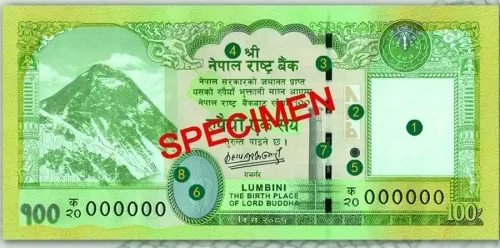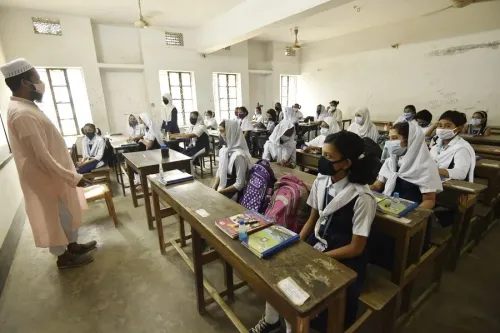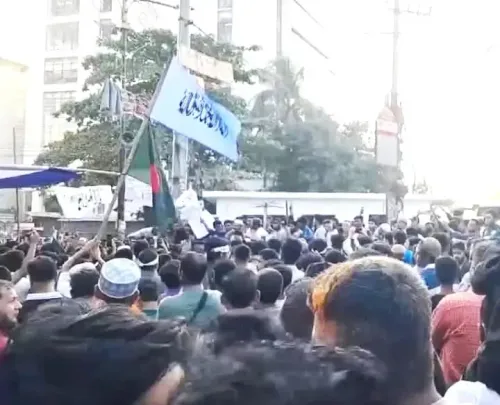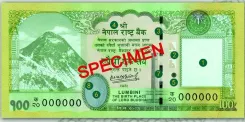Did South Korea's daily maximum power demand reach a record high in July due to extreme heat?

Synopsis
Key Takeaways
- Record high power demand reached 85 GW in July.
- 15 days saw temperatures exceed 33°C.
- 23 days were classified as tropical nights.
- Government maintains a power reserve of 10 GW.
- 19 heat-related deaths reported this year.
Seoul, Aug 3 (NationPress) South Korea's average daily maximum power demand soared to a record high last month, as the nation faced one of the most intense summer heat waves ever recorded, according to data released on Sunday.
In July, the country's peak power demand averaged 85 gigawatts, reflecting a 5.6 percent increase compared to the previous year, as per the Korea Power Exchange.
This figure represents the highest recorded in any July since 1993, the year the government began tracking this data. The previous monthly high was logged in August 2024, when it reached 87.8 GW.
The spike in July was largely attributed to heightened electricity use for air conditioning, as the heat wave lingered throughout the month.
According to the state weather agency, there were 15 days in July where daily high temperatures exceeded 33 degrees Celsius, more than four times the average of 3.4 days over the past 53 years since record-keeping began in 1973.
Additionally, the phenomenon of tropical nights, characterized by nighttime temperatures remaining above 25 degrees Celsius, lasted for a total of 23 days in July, marking the longest duration since 1973.
The government anticipates that peak electricity demand this summer could hit up to 97.8 GW during the second week of August, while maintaining a power reserve of approximately 10 GW.
Officials indicated that the government is operating a comprehensive electricity supply control center in collaboration with the state-run Korea Electric Power Corp. (KEPCO) and other related agencies, activating an emergency response system.
Moreover, health authorities reported that 19 individuals have succumbed to heat-related illnesses in South Korea this year, as the country continued to endure extreme heat waves.
Since mid-May, when health authorities initiated the heat-related illness surveillance system, over 3,100 patients have sought emergency care for heat-related issues, according to the Korea Disease Control and Prevention Agency (KDCA).









